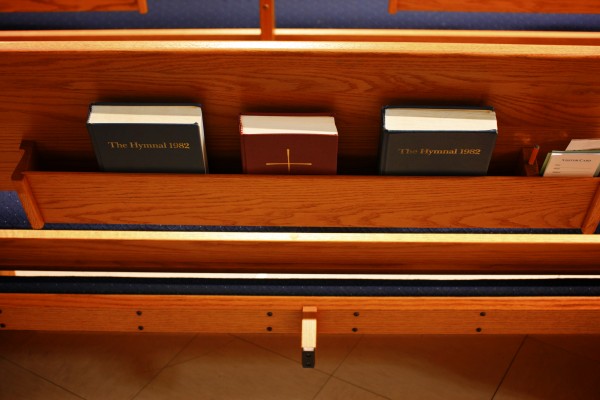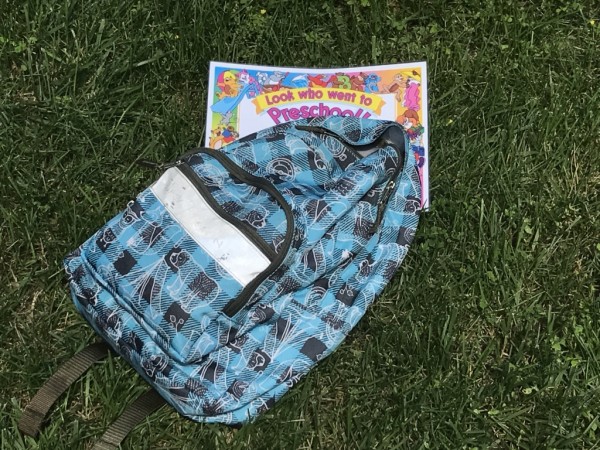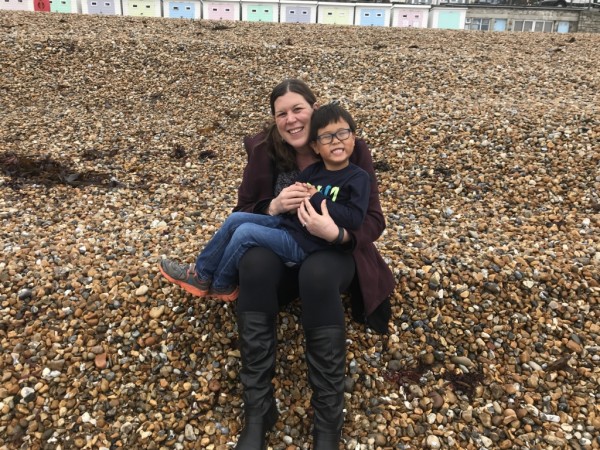The Way We Think About Transracial and Transcultural Adoption Has Changed: Here’s How
My first encounter with international adoption and transracial and transcultural families was in Sunday school at our church. My parents had purposefully moved to our town because it was one of the first integrated communities in Virginia. Our parish was a mirror of that community: diverse, open-minded, and welcoming.

Once here, parents were But in the pews filled with blended faces, one family always stood out to me. They were two white parents with an Asian daughter. In Sunday school, there were whispers that Jessica might be adopted from South Korea. But Jessica’s differences were not something to be discussed. None of our differences, when it came to race, were to be discussed. We were all the same in the year 1987.
As an adoptive parent, I look back at my younger self with dismay. The makeup of Jessica’s family was no business of mine, but it does highlight an interesting trend in transracial and transcultural adoption. Thirty years ago, the very process of international adoption was different. Parents seldom, if ever, traveled to meet their children, and most adoptive children were escorted to the United States by agency representatives.
encouraged to make their children feel like they were part of the biological family. That meant minimizing distinctions, such as language and culture, and embracing a colorblind mentality. There was no such thing as pre-adoption education, no discussion of attachment, and no thought to the child’s cultural identity. As one adoptive parent of four grown children relayed, “At the time there was a pervasive belief that if you brought your child home and loved them like they were your own, that would be enough. There would be no problem.” Except there were problems.
According to a 2013 study conducted by Joy Hoffman and Edlyn Vallejo Pena for the Journal of Student Affairs Research and Practice, between 1971 and 2001, 265,677 children were adopted by U.S. citizens through intercountry adoption. Of those, 156,491 (59%) were from Asia, making Asians the largest adoption community in the United States at the time. As those adopted children blossomed into adult adoptees, they began to give voice to their experiences as children. In contrast to the prevalent notion that discussing racial and cultural differences would be “harmful to the child,” adoptees spoke of the powerful sense of alienation they felt growing up in predominantly white communities. Not only was there a loss of birth parents, but there was also a loss of heritage and cultural identity. In trying to assimilate, they felt their pasts had been effectively erased.
The adoption community took notice. Social scientists, agencies, adoptive parents, and adult adoptees began a dialogue of how to openly talk about adoption. At the same time, the face of intercountry adoption was changing. No longer were infants the norm, but older children were being adopted across borders. These children came with experiences and language and memories of their lives pre-adoption. Suddenly the need to understand culture and identity was even more pertinent.
In 2001, Beth O’Malley created the first Adoption Lifebooks, designed to help foster children and adoptive children understand where they came from and who they are. For adoptive families, the Hague Convention required at least 10 hours of pre-adoption education, and many agencies, such as ours, went a step further to require 30 hours of training. Training centered

on attachment issues, being a conspicuous family, and older child adoption. Then there was the travel aspect. With older child intercounty adoption, no longer was it advantageous for an agency representative to travel to bring the child to the United States. Though the trip had been tough with an infant, for a child age two or older the trauma of leaving their home country with one person and then arriving to be “handed off” to another person was simply too much. Countries began to require adoptive parents to travel – which proved good for both the adoptive child and the adoptive parents, as it gave them a chance to experience their child’s culture firsthand.
Today, we are still learning about cultural identity and race, and transracial dynamics. As a nation, we seem to talk more about such topics, which can only benefit our children. When I asked my friend what, if anything, she would have done differently with her adoptive kids (now all in their mid-to late-30) she said, “I would have moved to a more diverse neighborhood and I would have sought out more friends of different ethnicities.” As an adoptive parent to a son from China and a (soon-to-be) daughter from India, I take those words to heart. When my son was the only

Asian face in his entire preschool, we moved him to a different school where he was one of a sea of beautiful diverse faces. We talk openly about his adoption and read a child’s version of his Lifebook at least once a week. We seek out opportunities to be around other adoptive families and we find ways for him to feel out his Chinese culture and heritage through celebrations, experiences, and language lessons.
I know my son will never see himself mirrored in my or my husband’s face. I know he will confront words of microaggression and gestures of blatant racism that I wish did not exist. And I know that he has experienced and will continue to experience a loss I will never know. But most importantly I know that when my family talks about race, ethnicity, and culture, it’s

through an ongoing dialogue. As he gets older, inevitably the conversation will evolve from kid to teen to the adult adoptee. Our jobs as adoptive parents in a transracial family are to create a safe environment where such dialogue can take place and provide the toolbox for our children to talk about the many complexities of living as a transracial/transcultural adoptee. Because the journey of adoption does not end when you first meet your child. It begins.
Are you and your partner ready to start the adoption process? Visit Adoption.org or call 1-800-ADOPT-98 to begin your adoption journey. We have 130+ years of adoption experience and would love to help you.






